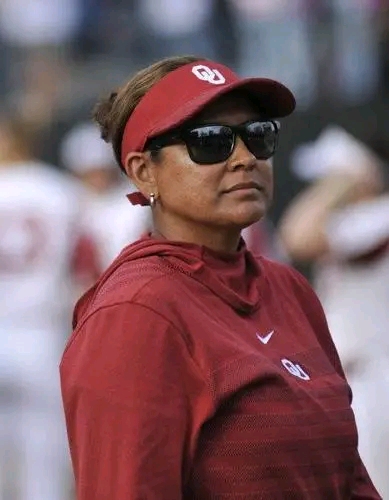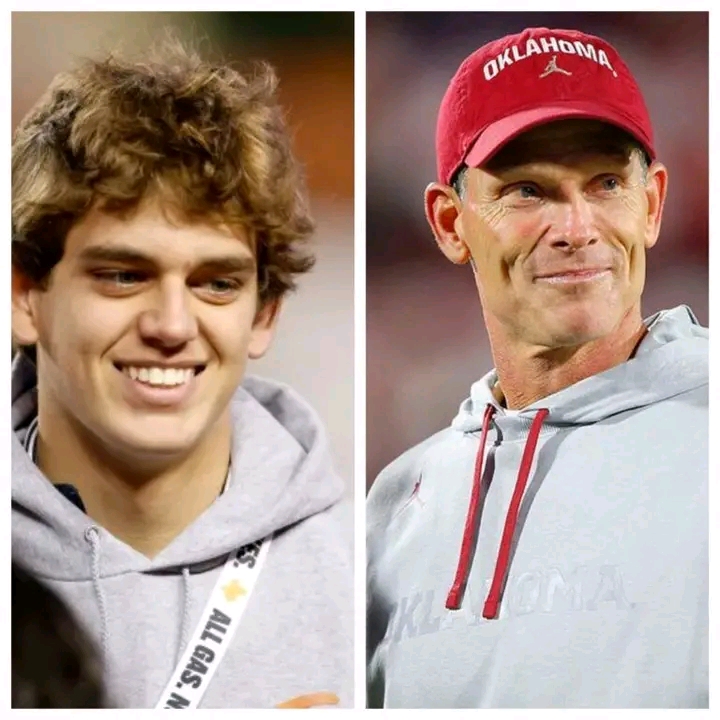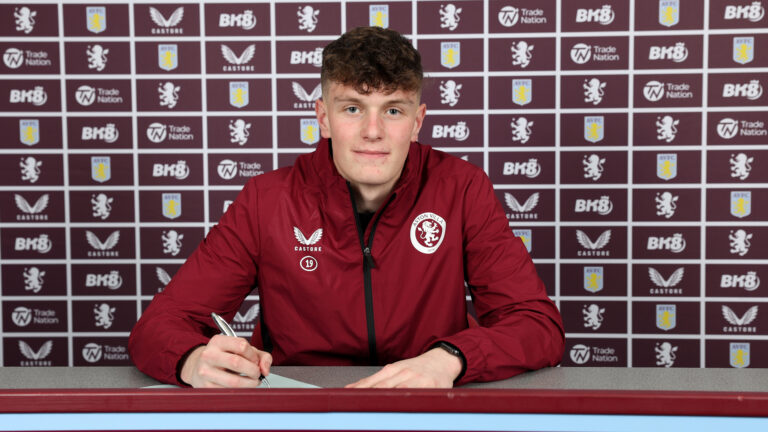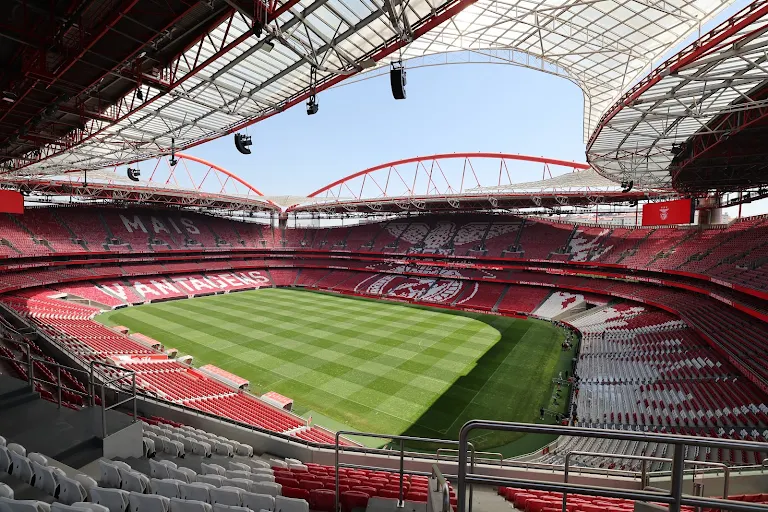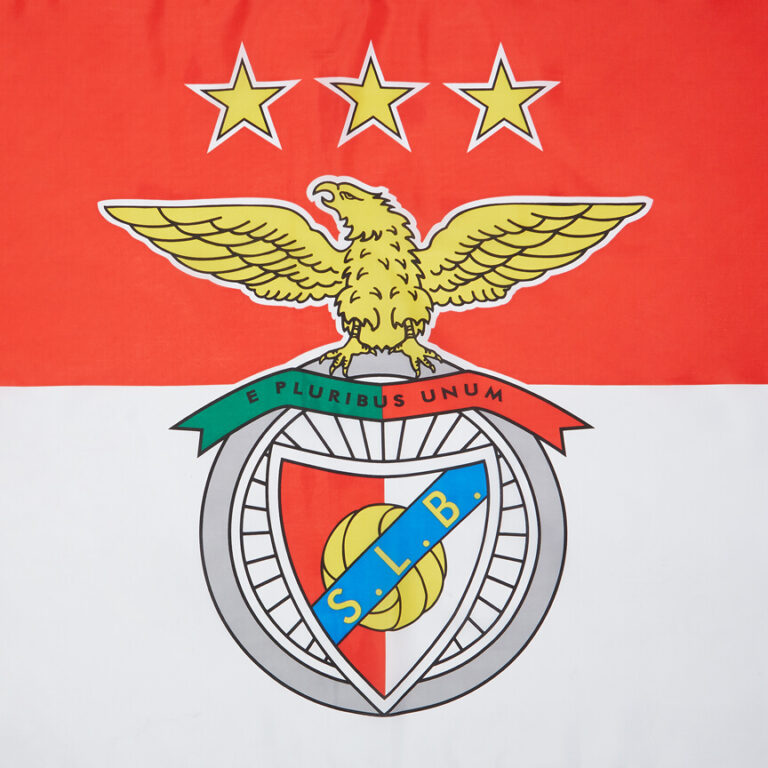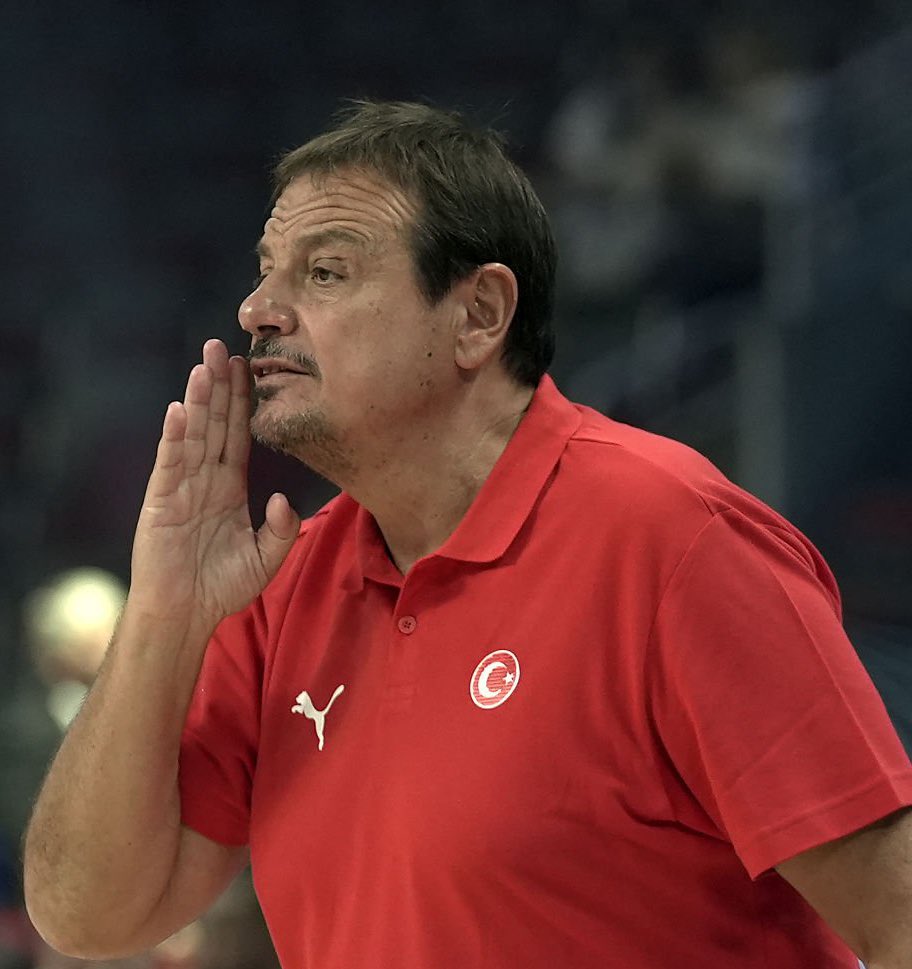
Ergin Ataman, one of Europe’s most successful basketball coaches, recently weighed in on the ongoing debate between the NBA and EuroLeague, asserting that NBA teams would struggle to compete with top EuroLeague squads if their star players were absent. Ataman, who has led multiple EuroLeague teams to championship contention, cited recent international competitions as evidence of the competitive balance between the two leagues.
“Some ask, ‘Why take out the stars?’ Well, because those stars are exceptional. But look at the evidence: in the last World Cup, the USA didn’t bring their top-tier stars and couldn’t even win a medal, even with one of the greatest coaches of all time, Mike Krzyzewski,” Ataman said. He noted that other countries fielded teams with elite players like Nikola Jokić and Bojan Bogdanović for Serbia, and Victor Wembanyama for France, underscoring the importance of star power in international play.
Ataman’s comments highlight a broader conversation about the differences in basketball style, structure, and intensity between the NBA and EuroLeague. While the NBA is often regarded as the pinnacle of basketball talent and athleticism, the EuroLeague emphasizes team cohesion, defensive discipline, and strategic toughness. According to Ataman, this style creates a highly competitive environment that could challenge NBA teams lacking their top-tier players.
“The last World Cup was very telling for me,” Ataman continued. “Without their top stars, NBA teams struggle. Meanwhile, EuroLeague basketball—with its toughness and fight—feels much stronger compared to the NBA regular season.” His remarks suggest that EuroLeague teams’ emphasis on fundamentals, resilience, and collective effort could allow them to compete effectively against even elite opponents from the NBA, provided the matchup is on relatively equal footing in terms of star availability.
This perspective comes amid ongoing discussions about the relative strength of European leagues versus the NBA, particularly in hypothetical “NBA vs. EuroLeague” matchups. Critics of EuroLeague often cite the disparity in athleticism, salary, and global exposure, while supporters argue that EuroLeague’s rigorous schedules, shorter rotations, and tactical depth create a more battle-tested and cohesive style of basketball.
Ataman’s observations also shine a light on international basketball competitions such as the FIBA World Cup and the Olympics, where star availability often heavily influences outcomes. The absence of NBA’s top players in recent tournaments has shown that even the most accomplished franchises cannot rely solely on reputation, emphasizing the value of depth, strategy, and team chemistry—a hallmark of European basketball.
For EuroLeague teams, Ataman’s comments serve as a point of pride, reaffirming the league’s competitiveness on the global stage. It also fuels speculation about how international basketball could continue to evolve, particularly if more cross-league competitions were arranged where NBA and EuroLeague teams faced off. While logistical and contractual challenges remain, the conversation underscores the increasingly global nature of the sport and the growing respect for European basketball institutions.
In the end, Ataman’s statement is both a critique and an acknowledgment of NBA supremacy when star talent is present, but it also elevates the narrative that basketball’s global ecosystem is more balanced than many assume. EuroLeague teams, with their emphasis on toughness, discipline, and collective effort, may not dominate the NBA outright, but in the absence of superstars, they are positioned to be far more competitive than casual observers might expect.
